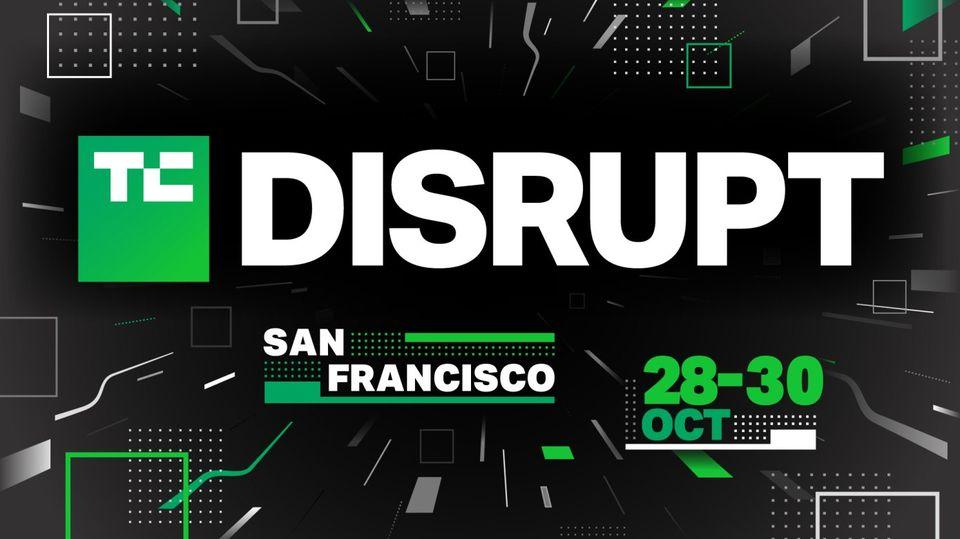


Technology news and analysis with a focus on founders and startup teams
204 χρήστες τους αρέσει
0 Δημοσιεύσεις
0 τις φωτογραφίες μου
0 Videos



